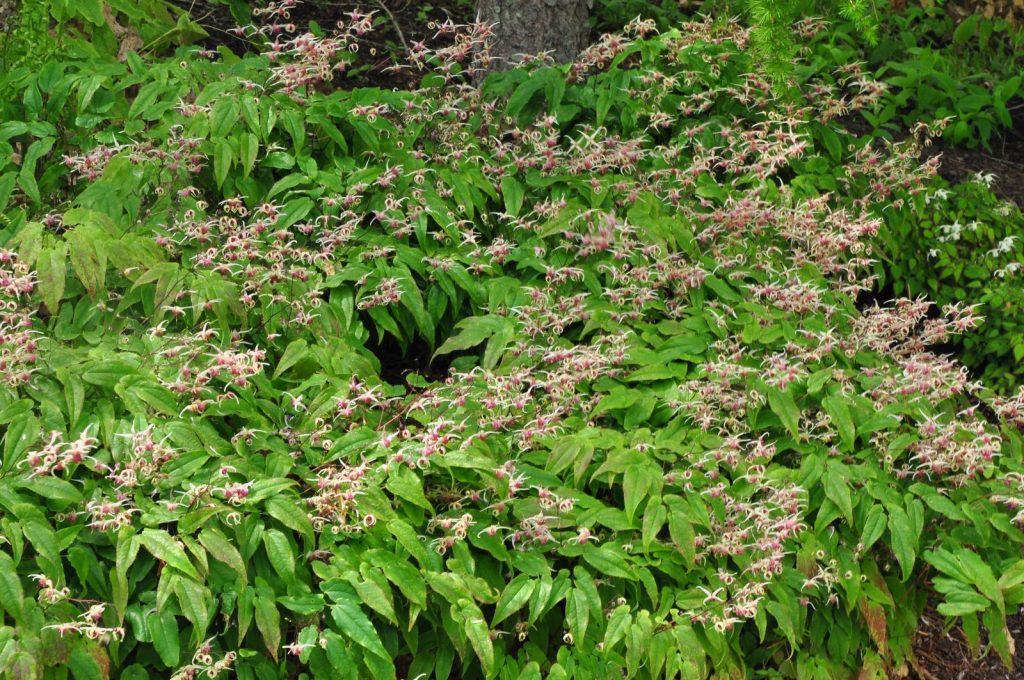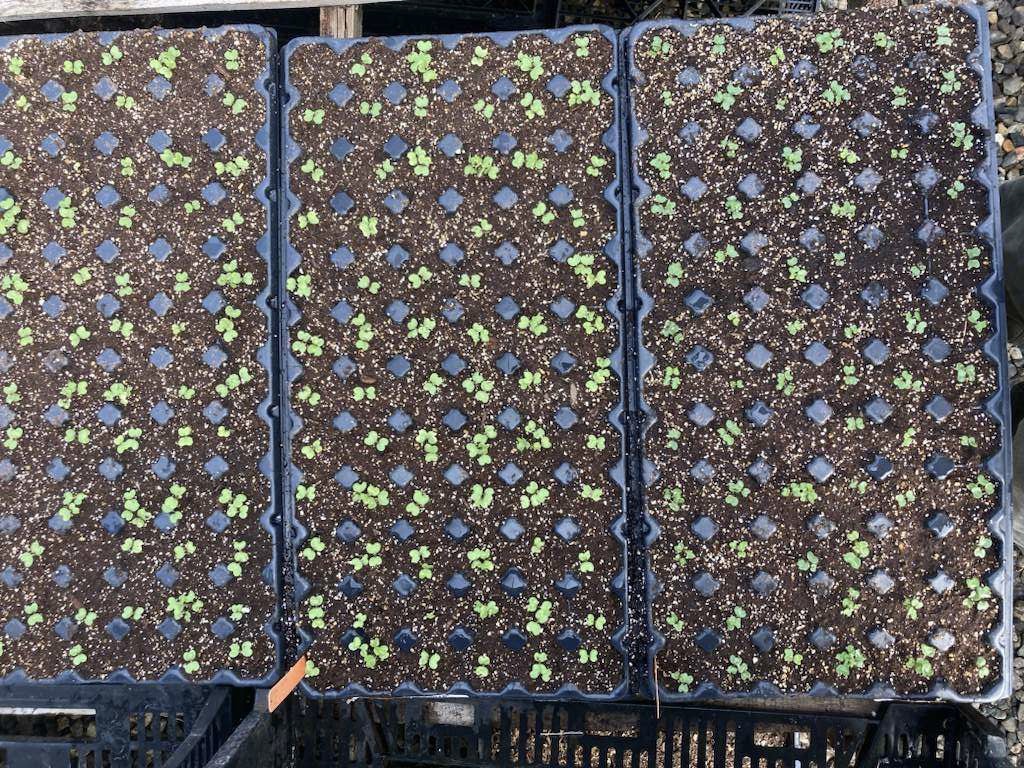Those who have been coming to the Gardens for many seasons have probably noticed a smaller-than-usual population of tulips in recent years. And while we know tulip displays are a popular draw, there is good reason for these reduced numbers.
Where Have all the Tulips Gone?
In 2019, after an especially wet and rainy spring, many of our upwards of 40,000 tulips succumbed to a fungal disease. After consulting with University of Maine Cooperative Extension, we confirmed that our tulips had Botrytis blight, a fuzzy grayish mold that can occur easily when conditions (like long periods of cool, cloudy weather) are right.
So common is this blight that you may have dealt with it yourself. The Cooperative Extension’s recommendation was to clean up any leaf petals from the beds (they can be an overwintering source for the disease) and to rotate tulips out of that area for a few years. You can read more about the blight, its causes, symptoms, and management here.
Though 2022 would have been the year we’d be in the clear to plant tulips, the truth is that there are other reasons we’re adopting an alternative route. The most important reason is sustainability. Not only does it take our entire horticulture staff hundreds of hours to plant tens of thousands of tulip bulbs, not to mention the cost of single-use bulbs, it takes an equal amount of time to dig them up and replace them with other plantings as their season ends.
Tulips, unfortunately, don’t seem to have the longevity of other bulbs (like daffodils and hyacinths, for example), so we can’t really keep tulip bulbs in the ground and hope for another stellar bloom the following year. As we move toward more and better sustainability practices organization-wide, we’re opting for spring and summer bulbs like daffodils, hyacinths, fritillaria, alliums, eremurus, and scillas that will flourish and feed our local beneficial wildlife, year after year.
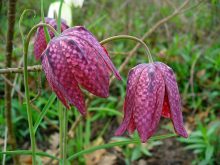 Fritillaria meleagris
Fritillaria meleagris
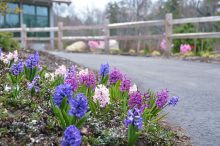 Hyacinth Etouffee mix
Hyacinth Etouffee mix
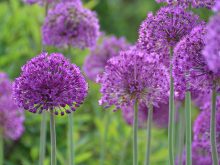 Alliums
Alliums
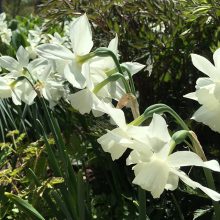 Narcissus 'Thalia' Triandrus Daffodil
Narcissus 'Thalia' Triandrus Daffodil
Speaking of wildlife, we come to reason number two: deer and rodents. Those of you who grow tulips in your own gardens probably know how popular the bulbs, buds, and flowers are to deer and other gnawing critters. Though we have deer fencing surrounding our property, 300+ acres is a lot of perimeter to cover, and deer can be very determined. The fewer incentives they and rodent pests have to make the Gardens home, the better.
We know many of you miss our annual tulip display, but we also think you’ll be thrilled with what’s coming up—both from the ground and from the Gardens itself.
